Shio ramen gets its name from the salty shio tare used to give the soup an added level of flavor and umami. This style is closest to Japanese ramen’s Chinese cousin, a style made with a simple, salty soup that serves the purpose of keeping the noodles hot and adding a small amount of flavor. Although it is considered the easiest for a ramen chef to make, it is also considered the hardest to master. Many people’s first experience with ramen was probably instant chicken ramen, a salt-based style. This style is a far cry from the miso and tonkotsu styles that are popular overseas.
Shio ramen is often served at shops that also serve shoyu ramen. Lighter broths work equally well with either seasoning. It is surprising to some that the shio ramen can be slightly more expensive than the shoyu ramen at one of these shops. This is a testament to the quality of the expensive ingredients used. While shoyu gives some depth, salt just doesn’t have the levels of flavor. This means that chefs need to create shio tare with more oomph. Pricey dried seafood like scallops or shrimp can do this. While regular dried shrimp may work, premium sakura ebi from Shizuoka might elevate a recipe to something special. Dried scallops are one of the most expensive ingredients used in ramen, justifying a 50 or even 100 yen per bowl surcharge. This is premium quality, though, and you can still find very inexpensive bowls of shio ramen, made with plenty of processed MSG powder.
One of the hottest new shops serving shio ramen is Shinjiko Shijimi Chukasoba Kohaku (宍道湖しじみ中華蕎麦 琥珀) near Kamata Station in Tokyo. Their ramen is based around shijimi littleneck clams sourced from within Japan. The recipe changes slightly based on the available shellfish of the day. You might have it with a hint of clam, mussel, or scallop. The golden yellow soup is topped with chashu cooked in three ways for a vivid contrast. Another gourmet shop that has been around a bit longer is Motenashi Kuroki (饗 くろ㐂) in Akihabara. When they opened in 2011 their shio ramen was an instant hit. Made with a blend of five different salts from the sea, lakes, and mountains, the ramen here was something else. Master Kuroki-san is constantly tweaking the recipe, looking for new ways to add layers of umami into his already famous shio ramen. He has experimented with roasted tomatoes and herbed chicken chashu. An accomplished French and Italian chef, he has made hundreds of limited bowls throughout the years that keep regulars coming back.


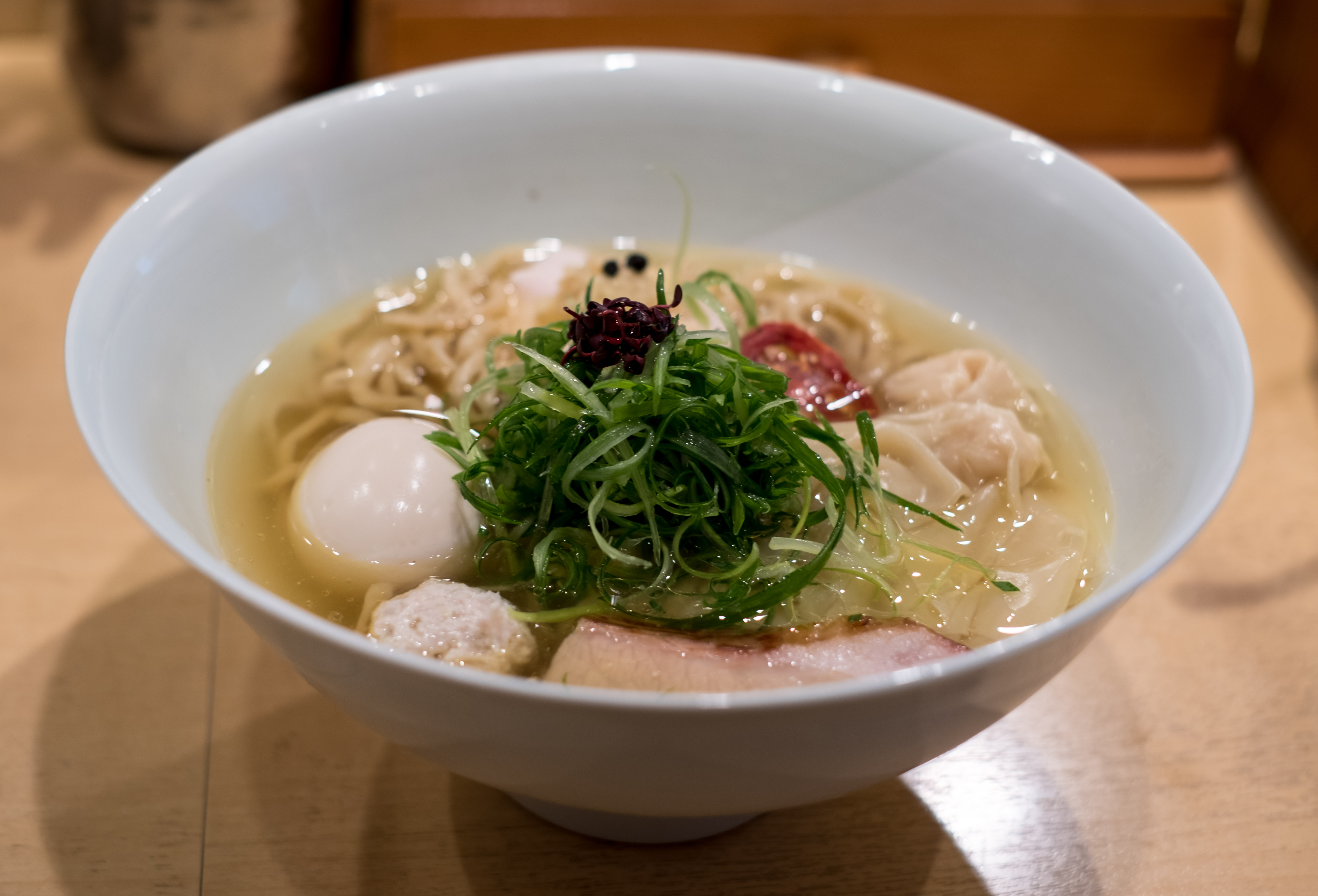
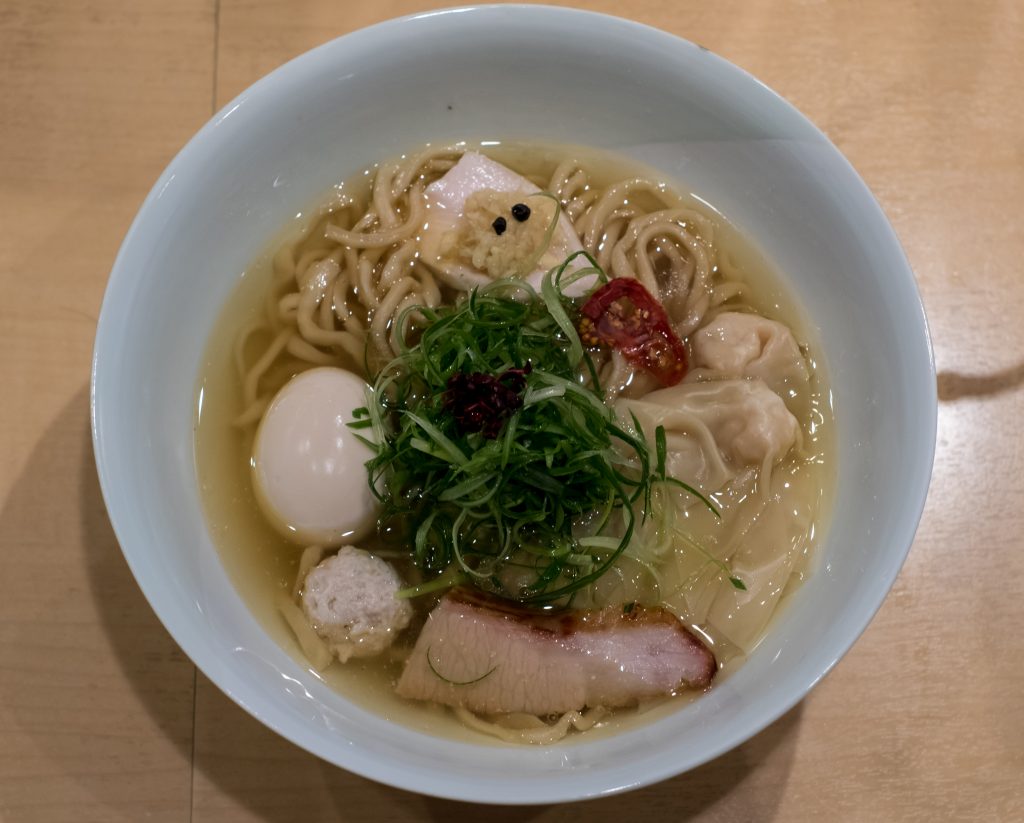
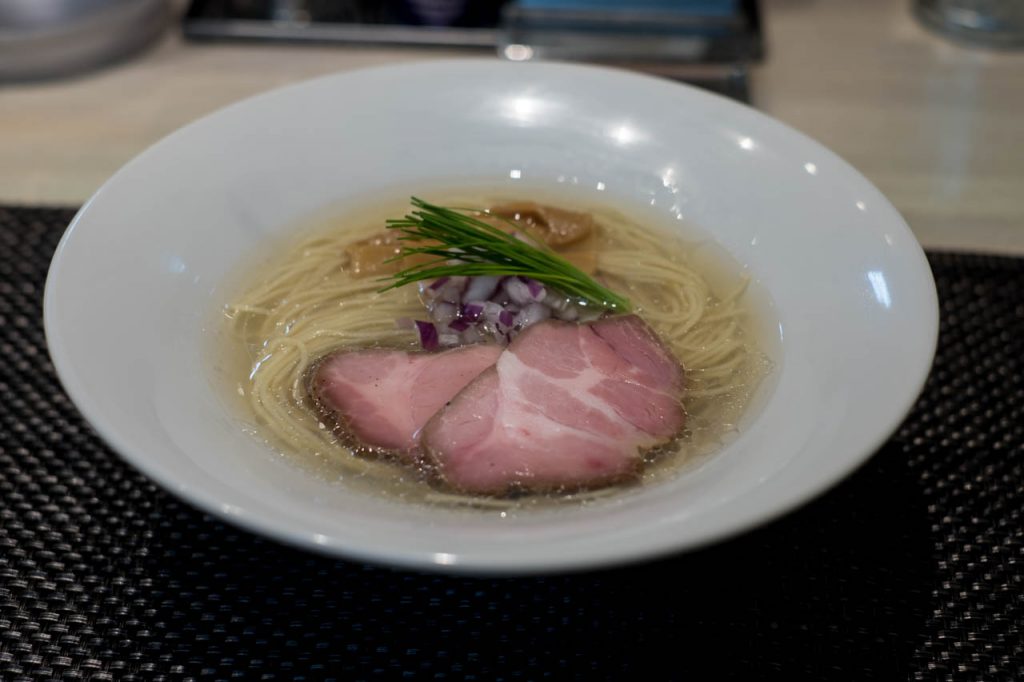


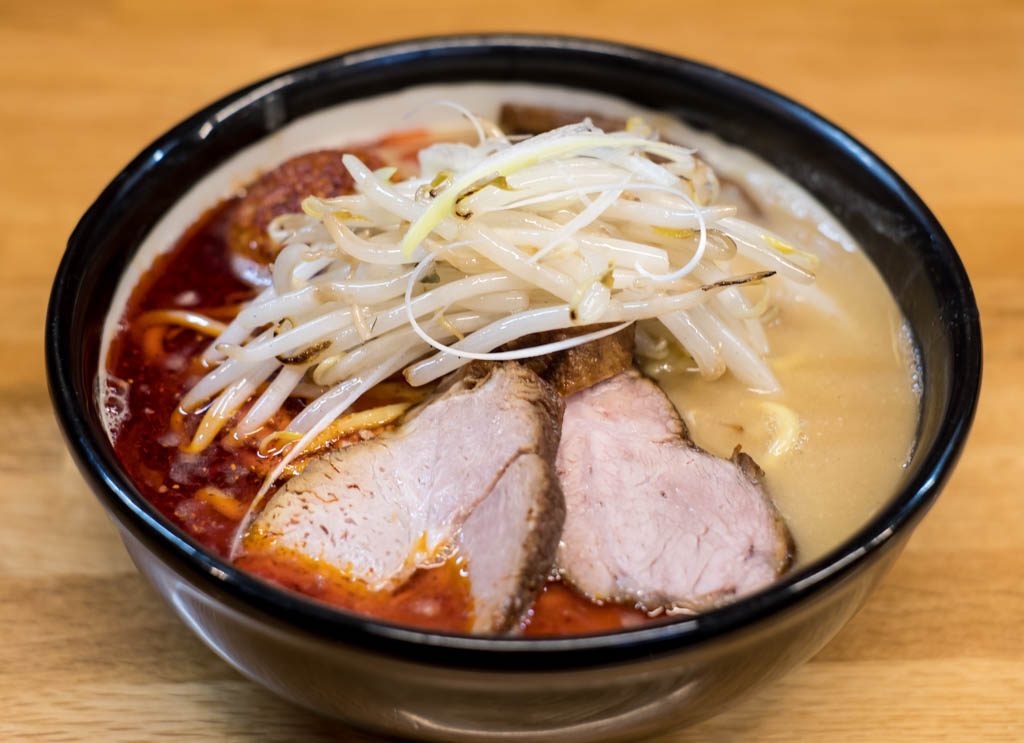
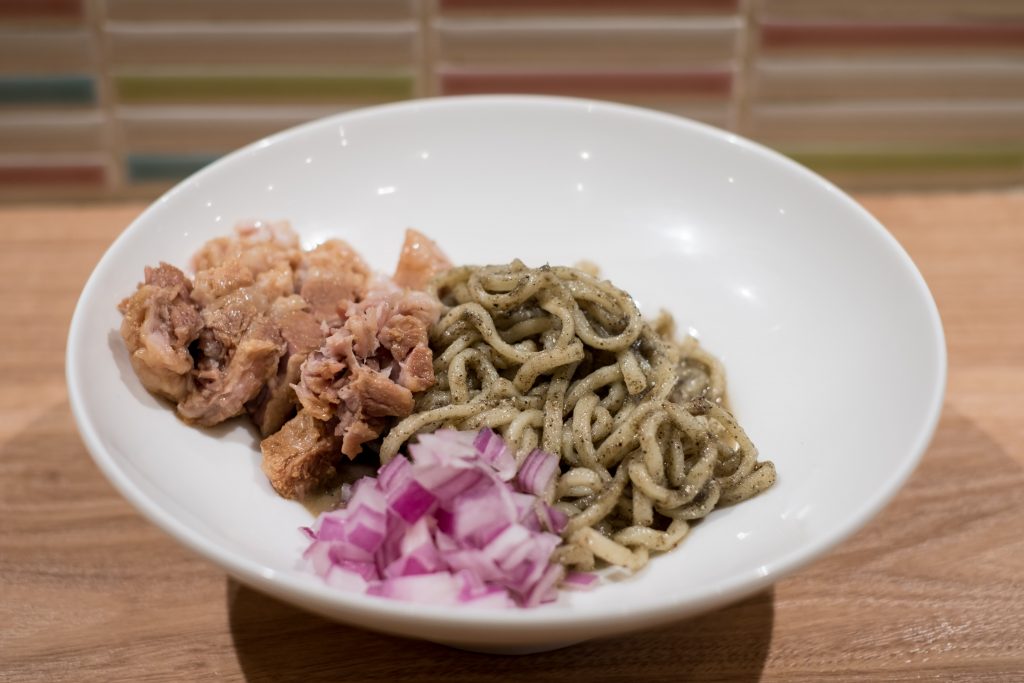
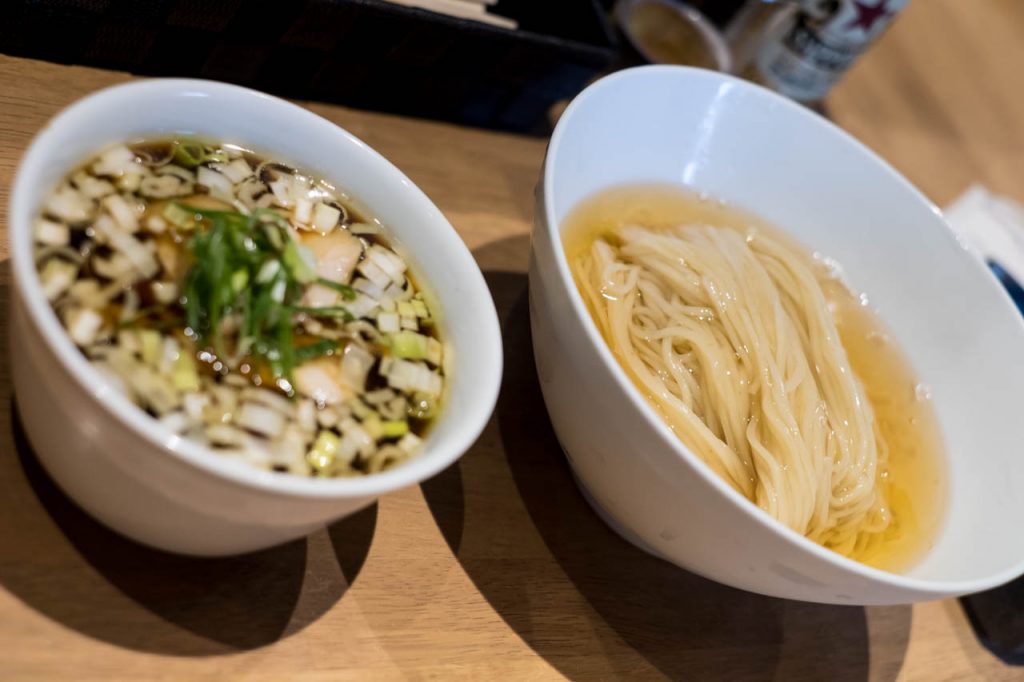
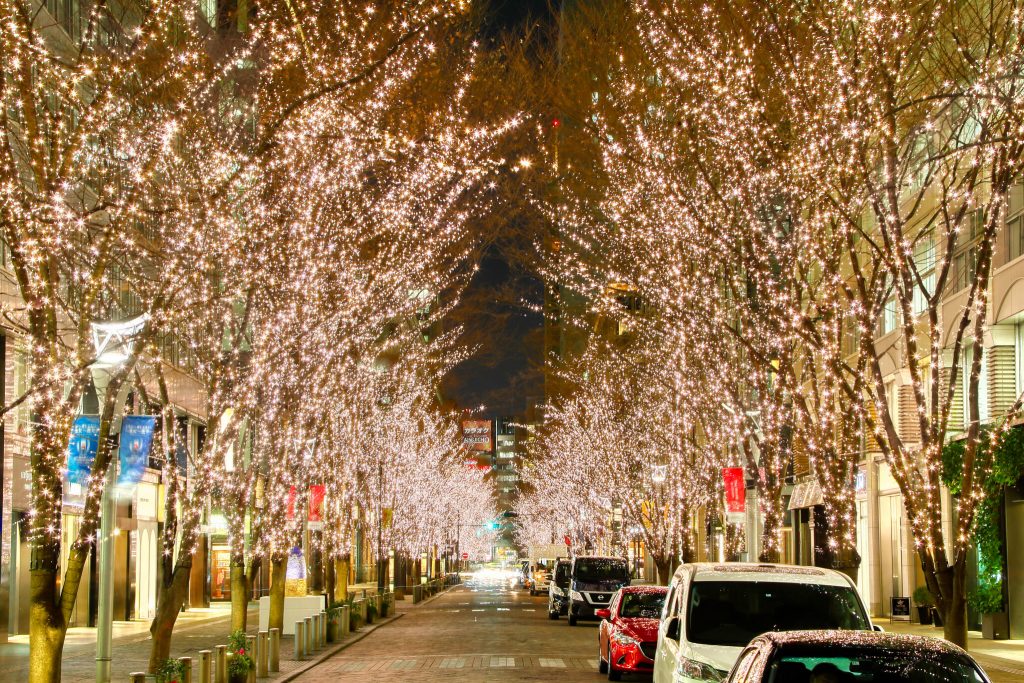
Brian MacDuckston is a Tokyo-based ramen hunter and cookbook author. His website, YouTube channel, and social media point ramen lovers around the globe to great ramen shops in Japan. Though having been to around 1500 ramen shops, he feels that he's barely scratched the surface of the ramen world.